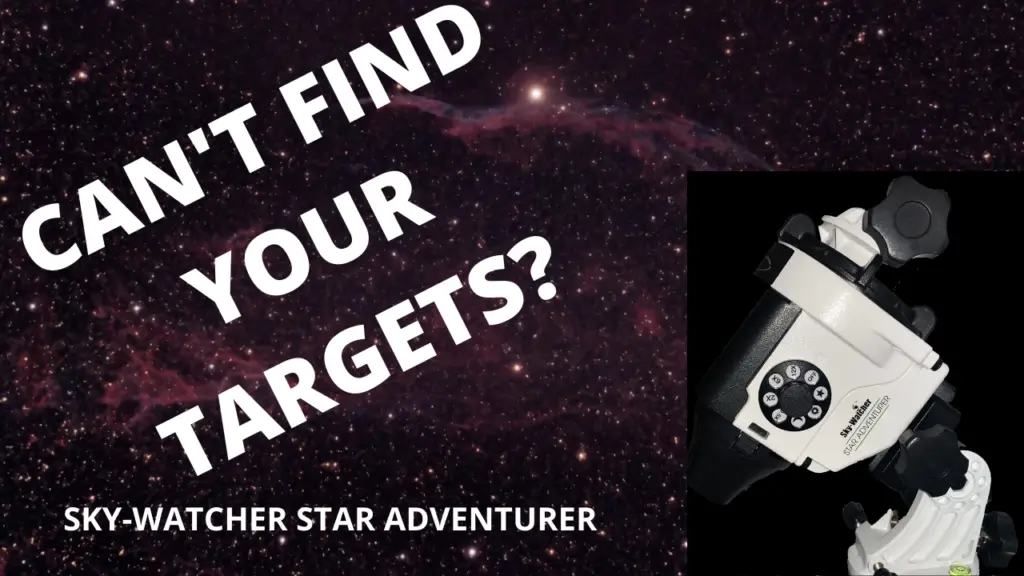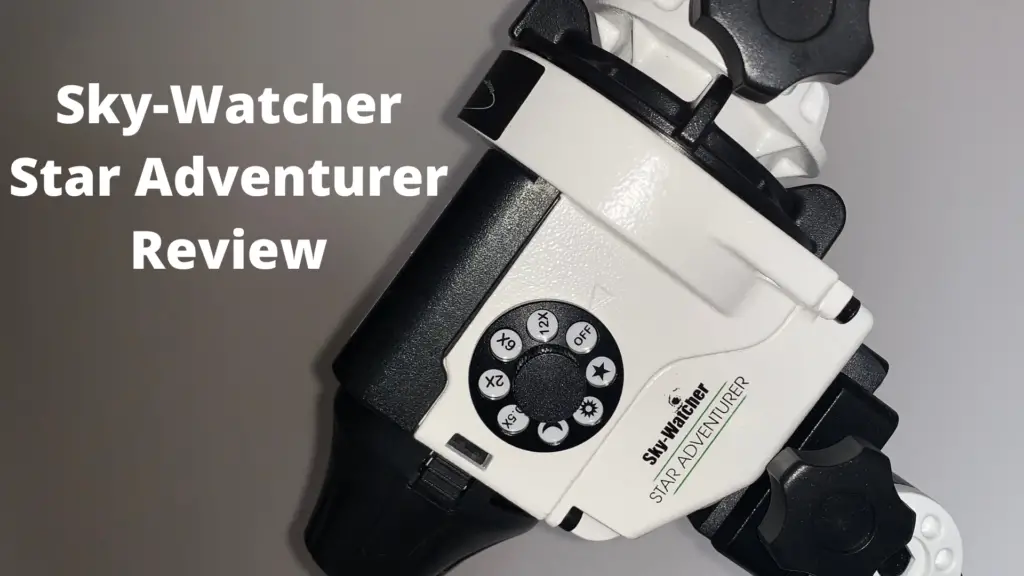5 Astrophotography Deep Sky Targets for Beginners
It’s no secret that some astrophotography targets are easier to image (and find!) than others. Here I am going to break down my 5 favourite deep sky astrophotography targets for beginners, how to find them and share my images along the way. All of these targets are well suited to camera lenses, but some will really pop when using a telescope. Some of these targets are visible to the naked eye, but a couple will require a basic level of star hopping. As long as you can find the nearest bright star to the target, you shouldn’t have a problem locating any of them.









